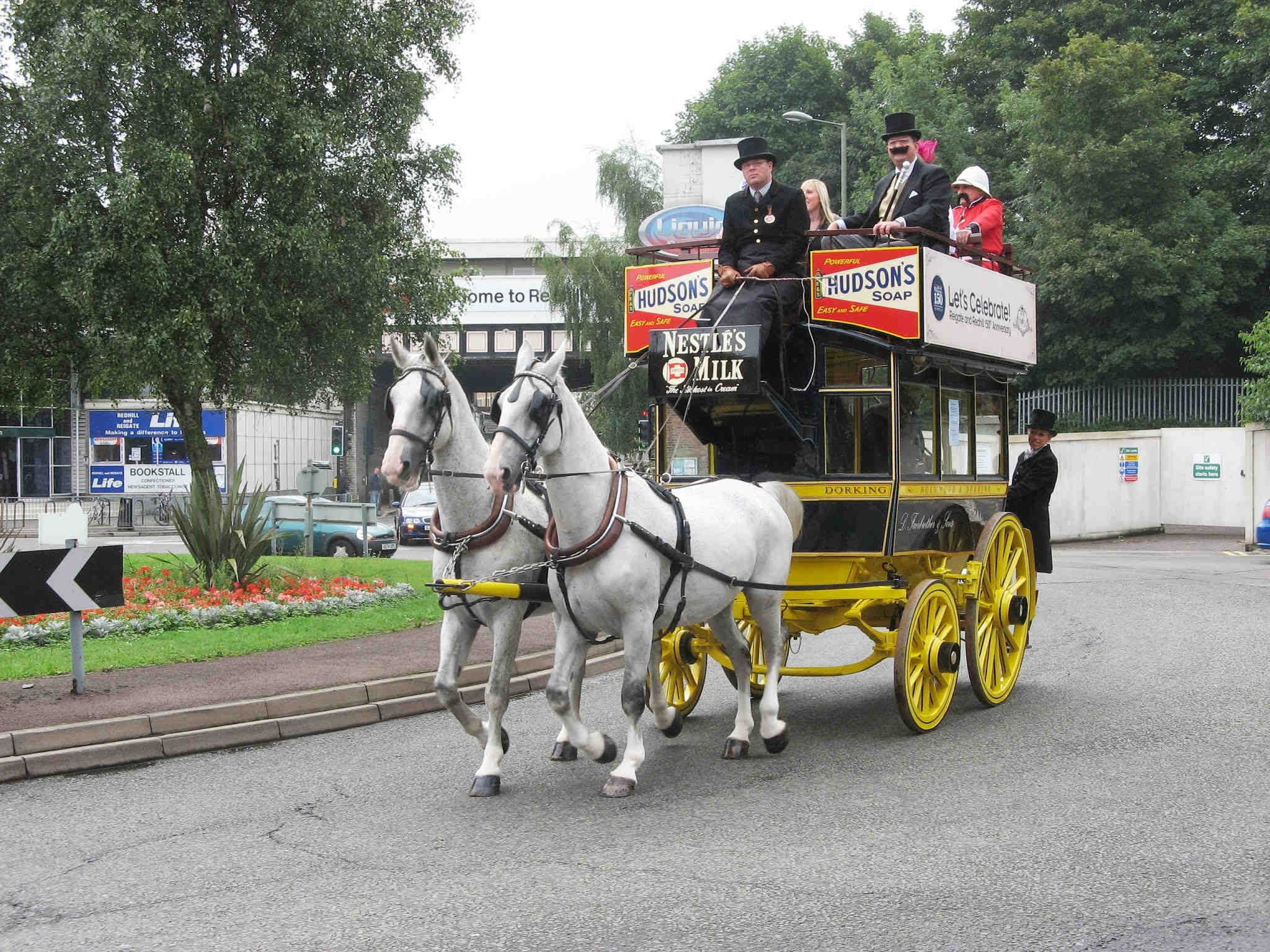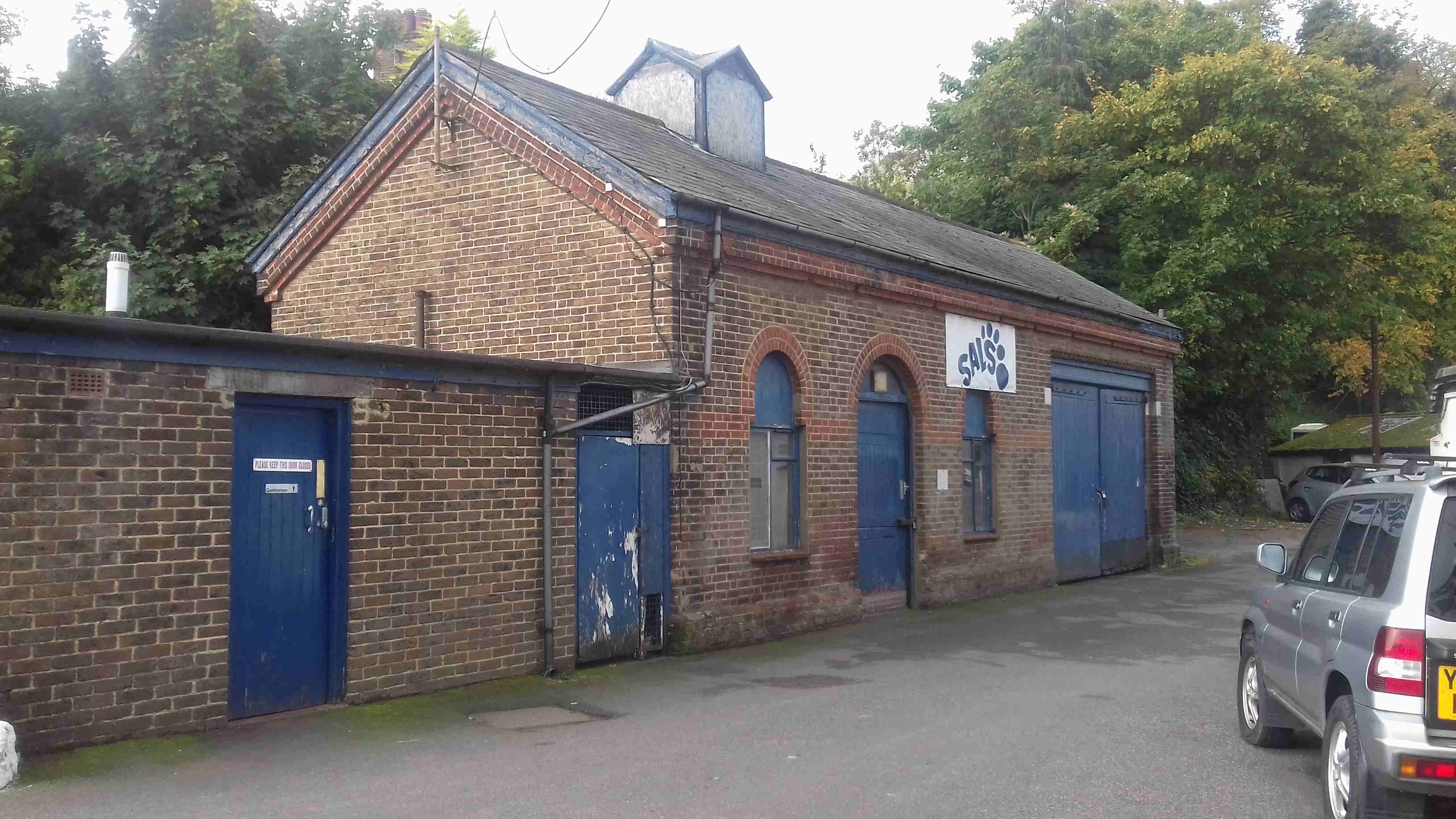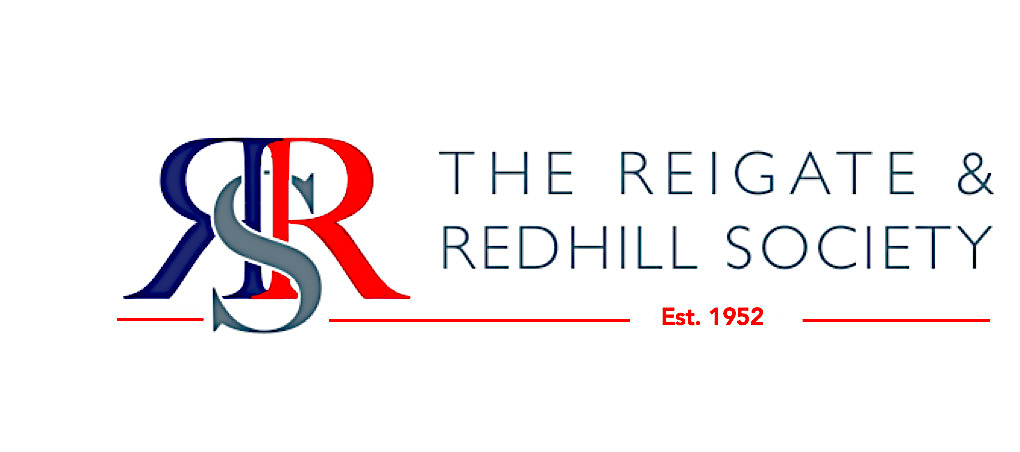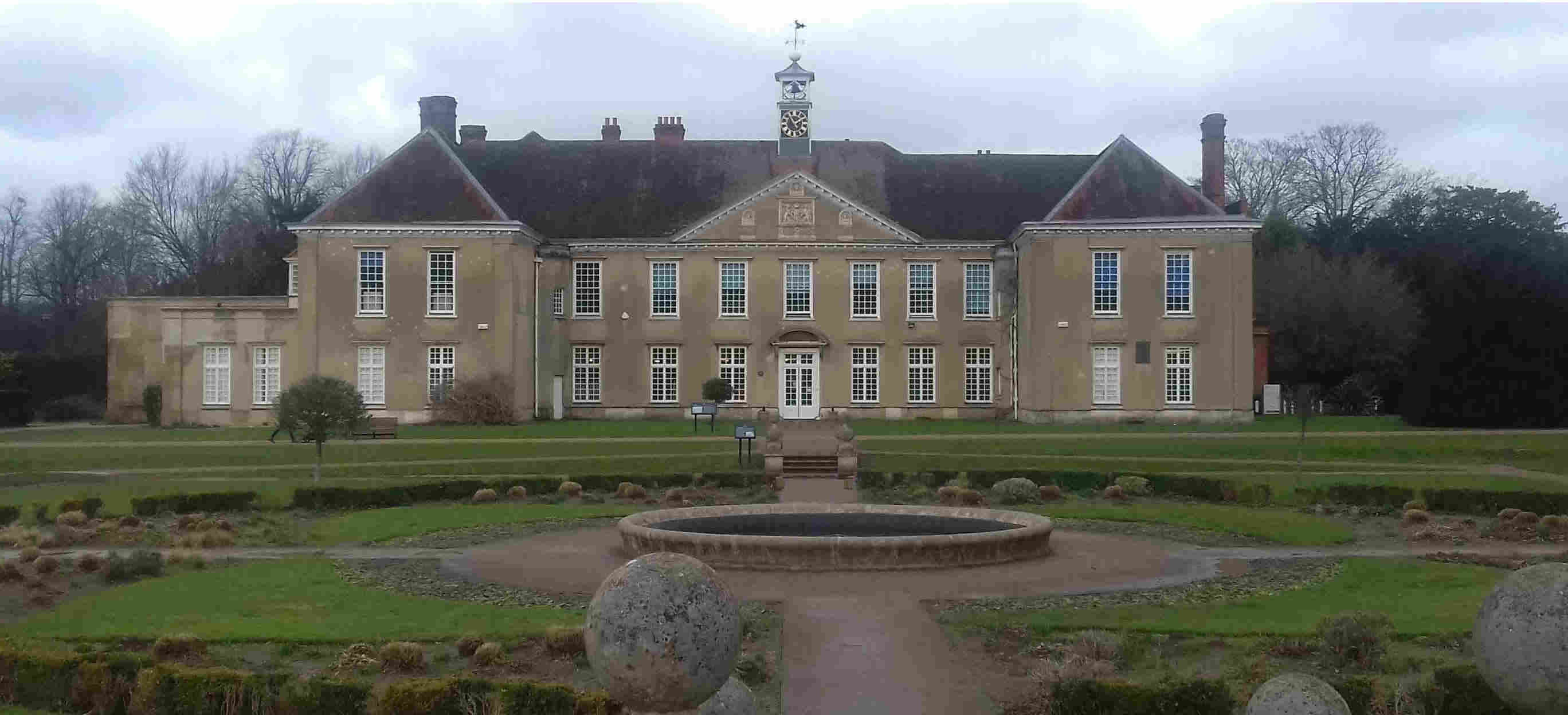History of Local Transport
Before the Turnpike Acts it was up to the local parishes to maintain roads. These would have largely unmade and often not in very good condition. Parishes were often more interested in ensuring connections to nearby parishes than any consideration of a national road network. Reigate had the north south road (now the A217), the Dorking to Nutfield/Godstone Road (which at that time was routed down Redstone Hollow, Hooley Lane and to Shaws Corner via Whitepost Hill).
In Reigate, the High Street, Church Street and Bell Street were well established. Linkfield Lane joined up with Frenches Road but there were no other roads in what is now Redhill. Merstham roads were concentrated on old Merstham.
Successive Turnpike Acts allowed trusts to levy tolls on roads for maintenance. The first turnpike in Surrey was from Sutton to Reigate which opened in 1696. More were opened until the London to Brighton road became completely turnpikes. The present road up Reigate Hill towards Sutton was constructed in 1755. The term 'turnpike' derives from a pike which was a barrier which blocks the road until the toll is paid. The term 'pikeys' refers to highway robbers.
Although the first stagecoach appeared in the 13th Century, the first actual route was in Scotland in 1610. As the roads slowly improved, so the speeds increased and travelling time reduced and more people travelled. Around 1800, there were stage coaches between London and Brighton on alternate days. By the early 1840s, the frequency was roughly hourly.
As a coaching town where horses would have been changed, Reigate prospered. However, there was competition on the horizon. In the late 18th century, a turnpike route was surveyed from Merstham to Gatton Point and along Croydon Road to Reigate. In the event, this route was not opened until 1807. The route via Sutton was losing traffic. Worse was to follow with the Turnpike from Gatton Point to Povey Cross through (what is now) Redhill followed in 1816. The community near St John often called Little London sprang up to profit from the traffic.

To counter the threat of lost traffic, Reigate Tunnel was opened in 1823 and the gradient on the top of Reigate Hill was eased requiring that (what is now) the North Downs Way had a footbridge over the lowered roadway. The tunnel is reputed to be the first road tunnel in Britain and possibly Europe.
By 1805, Merstham gained an extension of the Surrey Iron Railway which was the Croydon, Merstham and Godstone Iron Railway (Godstone was never reached). The SIR was the World's first public railway which ran from Croydon to Wandsworth. The CM&GIR followed the route of the surveyed but not yet built turnpike from Croydon to Merstham. The railway diverged from the line of the A23 at Shepherds Hill (B2031) where it continued south east and is now buried under the M23. It ended roughly where the northbound sliproad from the M25 ends. This was a plateway which used L shaped rails where the horse drawn waggons ran on the flat of the L which pointed outwards. The line only carried freight and was not particularly successful financially. The line closed around 1840 when the present railway line to Brighton was constructed.
The steady growth in stagecoach traffic was in danger of becoming unsustainable and the coming of the railway age soon replaced the stagecoach traffic. The London & Brighton Railway opened in 1841. It was originally planned to run through Reigate but for reasons not entirely clear (presumably 19th Century NIMBYs) a route through Redhill was chosed instead. The station for Reigate was located where the railway crossed the Nutfield/Godstone to Dorking Road on Hooley Lane. The goods side of the station was on the west side (and was until recently Hockley Business Park). The passenger side on the other side has now been obliterated by development. The former stables can be seen in the adjacent image.

But there was a complication. The South Eastern railway (which became the South Eastern & Chatham Railway in 1899) was building a line to Dover. Government decreed that it should not have its own London station and should share the L&BR line as far as Redhill. The construction of the line from Croydon to Redhill was shared with the L&BR ungenerously giving the SER the difficult part of the route from Stoats Nest (just south of Purley) to Redhill. As the L&BR station was to be located on Hooley Lane, the SER had to build a different station on the line towards Nutfield just past the junction with the L&BR (just behind what is now the Toby Carvery). No information or images of this station survived, reputedly it was lightly built in anticipation of a short life.
Travellers from Brighton were required either to change at Merstham or walk between the two Redhill stations which involved crossing Redhill Brook. The SER were very unhappy with the situation. They were also unhappy with the original location of Merstham Station which was south of the present one at Battlebridge Lane. The SER chose to rebuild Merstham station on its present site, the old station having a life a few years at most. During the rebuild, they chose to close Merstham station forcing the L&BR to agree to a joint station on the present site which opened in 1844.
The SER built constructed Station Road to connect to Linkfield Road and also Redstone Hill to connect to the road to Nutfield. The foot tunnel to the south of the road bridge was put in when the railway was constructed in 1841 as the railway was required to preserve any existing routes; it is possible that a route down Redstone Hill previously existed. The bridge under the station was extremely narrow and was not intended as a through route. It was for access to the station entrance which was until 1931 on the east side of the railway. As the route involved one fewer hill than the route via Redstone Hollow, Hooley Lane and Whitepost Hill, it soon became used as a through route as it was easier on the horses.
The railway age was gaining pace and the line from Redhill to Reading was opened in 1849. By this time the London & Brighton Railway had merged with the London & Corydon Railway to form the London Brighton & South Coast Railway. As Redhill was SER 'property', the Reading line was absorbed into and operated by the SER.
Redhill station was difficult to operate owing to the conflicting train paths. By 1862 the SER had a shorter route to Dover via Sevenoaks and for them Redhill became much less improtant. The LB&SCR frequenlty complained that the SER were holding up their trains and travel time to Brighton became something of a joke. To overcome this, in 1899/1900 the LB&SCR opened the 'Quarry' line which ran from Purley to Earlswood bypassing Redhill altogether. Redhill had had its importance diminished by both railway companies.
Around the turn of the century, the first horse bus services ran between Redhill and Reigate. They took a few years to become established but were soon providing competition for the railways. The East Surrey Traction Company developed out of this and opened their bus garage in Lesborne Road in 1912. The company was extremely successful and grew steadily. It was taken over by London Transport in 1933. The adjacent offices in Bell Street ran the entire London Country operation. The garage closed in 1996.
Also around 1900, the opportunity was taken to deal with the problem of the extremely narrow bridge under the station. This was barely wide enough for a horse and cart to safely pass a pedestrian and was seen as a danger. The present steel span bridge was the replacement. Other bridges were similarly replaced; Reading Arch at the south end of the town centre, Reffell's Bridge (incorrectly and inappropriately renamed 'Raffles Bridge' by the Council) and the Croydon Road bridge.
Earlswood Station opened in 1868 and Salfords in 1915 for the Monotype Corporation workers.
As traffic grew, Redhill installed a one-way system and similarly Reigate when the tunnel was closed to traffic. In the mid 1970s the M23 and the Reigate to Godstone section of the M25 was opened. It was not until 1985 when the Reigate to Leatherhead section of the M25 opened that the traffic in Reigate eased.

